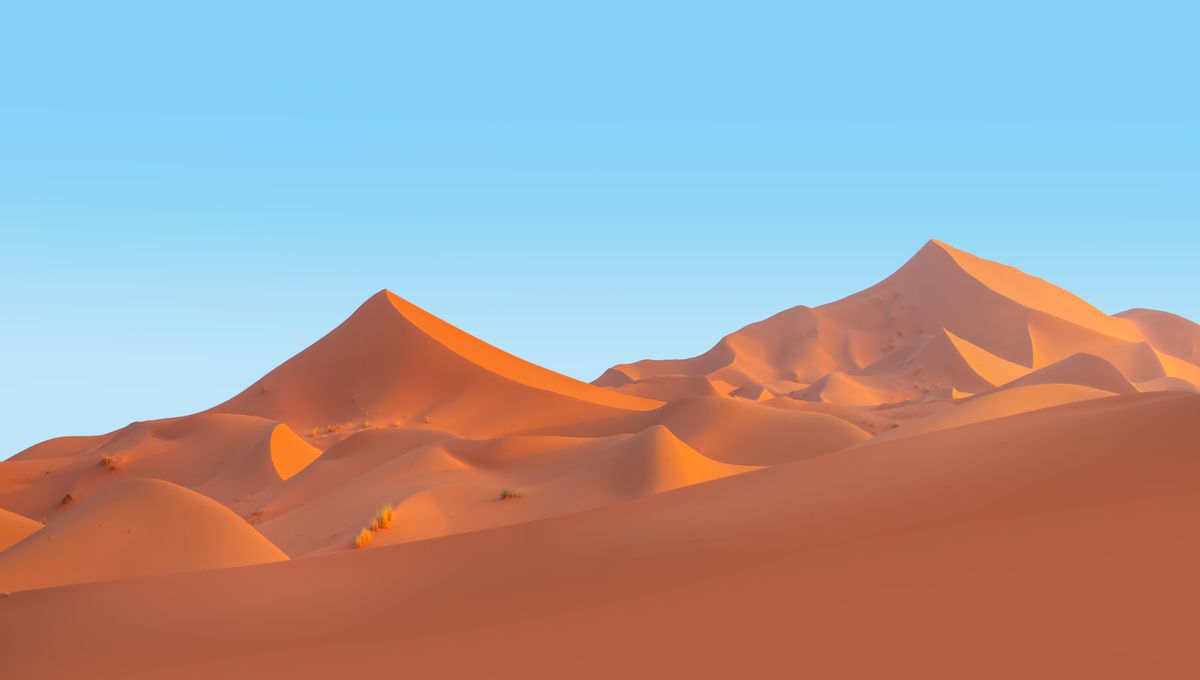
What do you picture when you think of the Sahara? A vast expanse of towering sand dunes? The occasional oasis, perhaps? But mostly, we tend to imagine a very sandy landscape. Turns out, however, that a surprising proportion of the world’s largest hot desert isn’t actually sandy at all.
ADVERTISEMENT
Just 25 percent of the Sahara’s surface is covered by sand. We say “just” – that’s still a lot of sand. The Sahara has an area of 9.4 million square kilometers (3.6 million square miles) (ish – it’s actually getting bigger), which means that a good 2.35 million-square-kilometer (900,000-square-mile) chunk of it is still sandy. That’s nearly 1,140 times the area of New York City, which is more than enough to build a pretty magnificent sandcastle with.
With this amount of sand coverage, there’s still plenty of opportunity for the formation of vast dune seas, known as ergs. The largest of these is likely to be the Grand Erg Oriental, which covers an area of around 308,210 square kilometers (119,000 square miles).
But enough about sand (or what’s under it) – what’s the other 75 percent of the Sahara covered with?
There are pockets of water, one of the most famous being the Guelta d’Archei in Chad. Here, an oasis can be found within a narrow, rocky valley. In fact, the Sahara is home to around 90 major oases.
However, given how big the Sahara is, these oases are actually few and far between. The bulk of the desert instead consists of rocky plateaus known as hamadas, and gravel-covered plains called serirs or regs. There are also dry valleys and lake beds, as well as salt flats.
Regardless of whether you’re in a rocky or sandy part, the Sahara is hot, mostly dry, and has little vegetation – but it wasn’t always that way. Believe it or not, the region has seen multiple moist periods, the most recent of which occurred between 8000 and 3000 BCE. During this time – which is dubbed the “Green Sahara” – the Sahara was full of life, with an abundance of vegetation and even enough water that those living there were able to sustain cattle farming.
ADVERTISEMENT
In the modern day, extreme weather can also bring back water to the region. Back in October 2024, an extratropical cyclone is thought to have dropped a year’s worth of rain on the northwest Sahara in the space of just two days. This caused flooding in the desert for the first time in decades, with the rare sight of lakes amongst the sand dunes.
Source Link: The Sahara Desert Isn’t As Sandy As You Think It Is